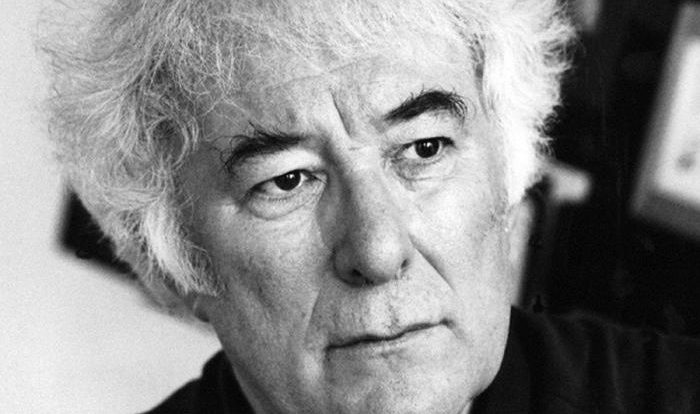Mother and daughter by gary soto – In Gary Soto’s acclaimed poem, “Mother and Daughter,” the intricate relationship between mothers and daughters takes center stage, inviting readers to delve into a poignant exploration of love, identity, and the generational divide. Soto’s evocative imagery and skillful use of literary devices illuminate the complexities of this bond, revealing the enduring power of family ties and the challenges of navigating different perspectives.
Soto’s poem delves into the depths of a mother and daughter’s relationship, capturing the nuances of their personalities, motivations, and the evolution of their bond. The poem’s structure and form contribute to its overall impact, creating a rhythmic flow that enhances the emotional resonance of the themes explored.
Introduction: Mother And Daughter By Gary Soto

Gary Soto’s poem “Mother and Daughter” is a poignant exploration of the complex and enduring relationship between mothers and daughters. Through vivid imagery and insightful characterization, Soto delves into the universal themes of love, identity, and generational differences, capturing the essence of this profound bond.
The poem portrays the mother and daughter at a pivotal moment in their lives, as the daughter prepares to leave home and embark on her own journey. Soto deftly captures the bittersweet emotions of this transition, highlighting both the love and trepidation that accompany this significant shift.
Themes, Mother and daughter by gary soto
The poem explores several major themes, including:
- Love and affection:Soto depicts the deep and unwavering love between the mother and daughter, a bond that transcends time and distance.
- Identity and self-discovery:The daughter’s departure symbolizes her journey of self-discovery and the formation of her own identity, distinct from her mother’s.
- Generational differences:The poem highlights the generational gap between the mother and daughter, while also emphasizing the enduring nature of their connection.
Characterization
Mother
The mother is portrayed as a strong and loving figure, who is both protective and supportive of her daughter. She is fiercely independent, having raised her daughter on her own, and takes pride in her accomplishments.
Daughter
The daughter is a bright and ambitious young woman, eager to explore the world and forge her own path. She is independent and determined, yet still deeply connected to her mother.
Throughout the poem, the relationship between the mother and daughter evolves as they navigate the transition from childhood to adulthood. They learn to respect and appreciate each other’s differences, while maintaining the unbreakable bond that unites them.
Literary Devices
Soto employs a range of literary devices to enhance the poem’s meaning and impact:
- Imagery:Soto uses vivid imagery to create a sensory experience for the reader, evoking the sights, sounds, and emotions of the mother and daughter’s relationship.
- Metaphor:The poem contains several metaphors that deepen its meaning, such as the comparison of the daughter’s departure to a bird leaving its nest.
- Symbolism:Soto uses symbols throughout the poem, such as the hairbrush and the mirror, to represent the mother’s love and the daughter’s journey of self-discovery.
Structure and Form
The poem consists of five stanzas of varying lengths, written in free verse. The lack of a formal rhyme scheme or meter allows Soto to focus on the natural rhythm and flow of the language, creating a sense of intimacy and authenticity.
The poem’s structure reflects the stages of the mother and daughter’s relationship, from the early days of childhood to the daughter’s departure from home. Each stanza captures a different moment in their journey, building towards a powerful and emotionally resonant conclusion.
Historical and Cultural Context
The poem was written in the late 20th century, during a time of significant social and cultural change. The increasing independence of women and the changing roles within families are reflected in the poem’s themes of generational differences and the daughter’s desire for self-discovery.
Soto’s poem also speaks to the broader cultural experience of mothers and daughters, capturing the universal emotions and challenges that accompany this special bond. It continues to resonate with readers today, regardless of their background or era.
Answers to Common Questions
What is the central theme of “Mother and Daughter” by Gary Soto?
The poem explores the complex and multifaceted relationship between mothers and daughters, delving into themes of love, identity, and generational differences.
How does Soto use literary devices to enhance the meaning of the poem?
Soto employs a range of literary devices, including imagery, metaphor, and symbolism, to create vivid and evocative imagery that深ens the poem’s emotional impact and amplifies its themes.

